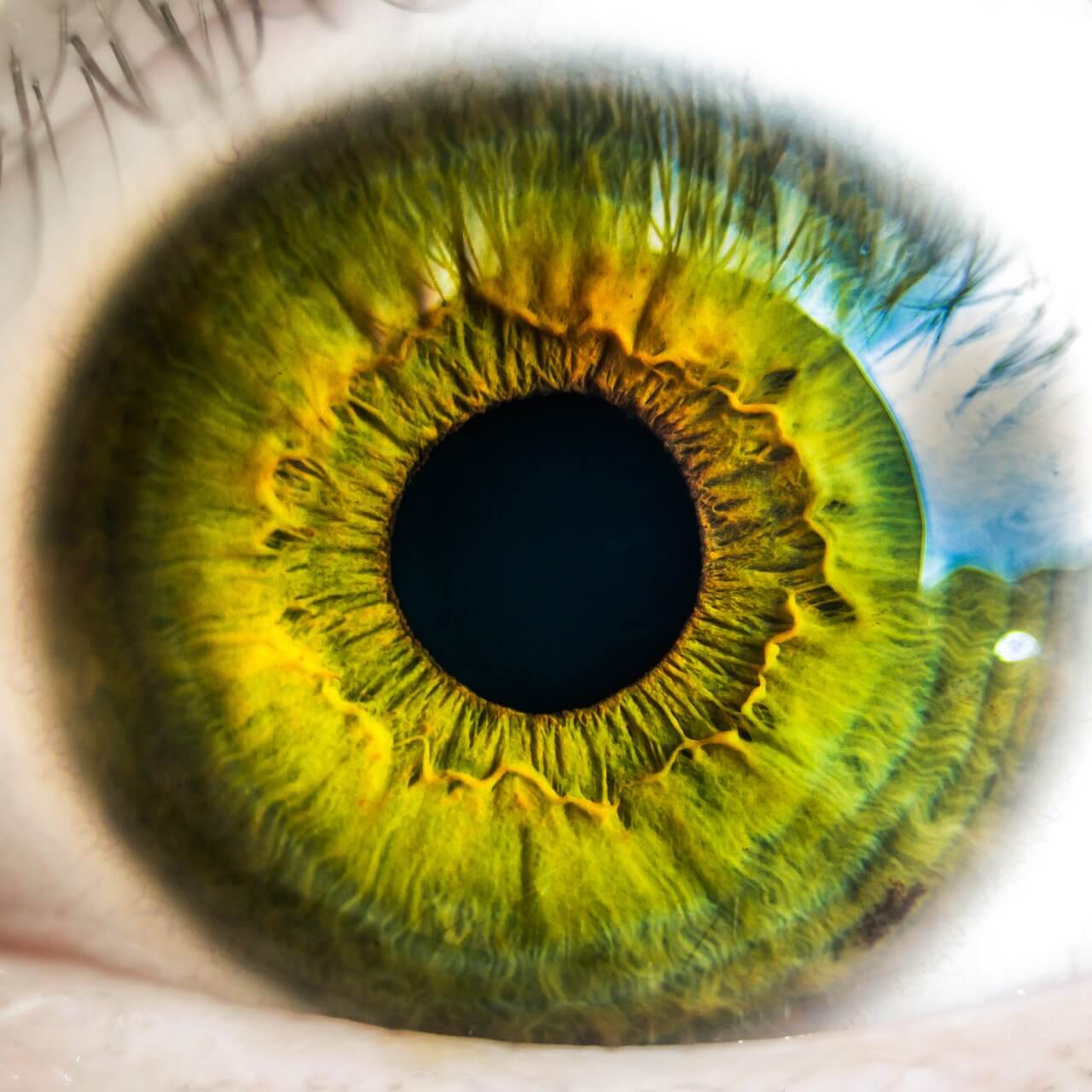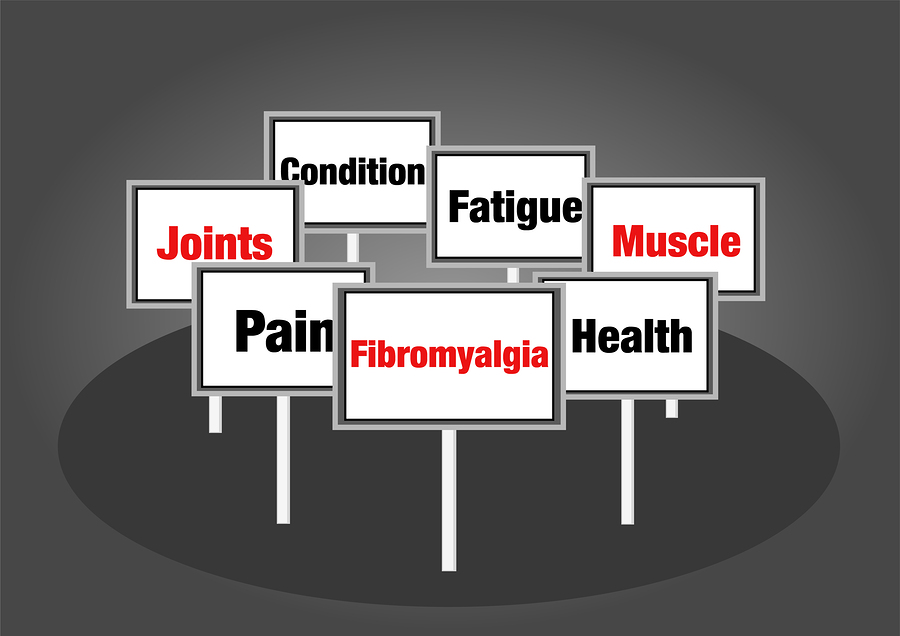
The 411 on Macular Degeneration
It’s a commonly known fact that vision changes as we age. What you might not know, though, is the prevalence of macular degeneration and the increased odds of developing the disease as we age. According to the Macular Degeneration Foundation, a new case is diagnosed every three minutes in the United States. The older we are, the more likely we are to develop the disease. While 1 in 6 people between the ages of 55 and 64 are diagnosed with macular degeneration, the number of people diagnosed doubles to 3 in 6 people age 75 and over. Since age is the highest risk factor, the disease is often referred to as age-related macular degeneration (AMD). Researchers are searching for viable treatment options and, ultimately, for a cure, but the disease has no cure right now. AMD is responsible for most of the vision loss among older adults, so there’s good reason to know more about macular degeneration and ways to limit or prevent the disease.
The human eye is quite remarkable when you think about it. Made up of many components, these parts work together to translate light rays into optical images by filtering just the right amount of light and bending those rays in particular ways to send messages to the brain about an image. The retina is light-sensitive tissue that transforms the light rays into electrical impulses and sends those to the brain. When the center of the retina—the macula—becomes impaired, a person has macular degeneration. AMD can result in mild vision impairment to significant vision impairment, depending on the severity.
The two types of macular degeneration are dry and wet AMD. Dry macular degeneration results from deposits of yellow matter called drusen in the macula. These deposits interfere with vision and, as the disease progresses, the light-sensing nerve tissue may start to thin and not work properly as well. Dry AMD is the most common form of the disease. Wet AMD is caused when there is an abnormal growth of blood vessels underneath the macula. These vessels can leak blood and fluid into the macula which distorts vision. Distortions can be small “blind spots” in the center of the person’s field of vision (which become larger blind spots as the disease progresses) or lines may appear wavy or distorted. Doing activities which require seeing details, such as reading or sewing, can become difficult. Macular degeneration has three stages: early (patients may not experience any problems with their vision), intermediate (patients could have minor vision impairment but no noticeable symptoms), and late (patients experience noticeable vision impairment).
What else should you know about macular degeneration? Understanding that there’s no cure for the disease, and recognizing that the number of people affected by macular degeneration will continue to increase as the number of people over age 65 increases, can be motivating factors to make changes to prevent or lessen the impact of the disease. You should also know what the risk factors are. The disease appears to be genetic in nature, and that means if someone in your family has AMD, you are more likely to develop the disease as well. Here are some of the more common risk factors for macular degeneration:
- AMD occurs more often in Caucasians.
- Smokers are at a higher risk of developing macular degeneration.
- The disease is more prevalent among females.
- The disease is more common among people who have light-colored eyes and fair skin.
- High blood pressure and high cholesterol can also increase your risk of developing macular degeneration.
You can’t change your genetic makeup, but you can make some lifestyle changes that could help deter the disease. Doctors suggest not smoking (or being around second-hand smoke), regular exercise, and eating a low-cholesterol diet to help prevent the onset of macular degeneration. WebMD has a list of several other ways to improve your eye health. Always wear sunglasses to protect against harmful rays, get the right nutrition for your eyes (certain nutrients can promote eye health), always use protective eyewear when working in settings that could cause injury to your eyes, monitor your time at the computer screen, and, probably the most important of all—have an eye exam each year. An annual eye exam can keep tabs on your vision and can detect any changes, including signs of macular degeneration, before they become noticeable problems that affect your sight.
Be sure to schedule your eye exam this year! Remember to encourage your older loved ones to do the same. They may not realize how helpful the exam can be even when they aren’t having any immediate symptoms. To find out more about macular degeneration, its effects, and treatments, visit WebMD, the American Macular Degeneration Foundation, and the Macular Degeneration Foundation.




